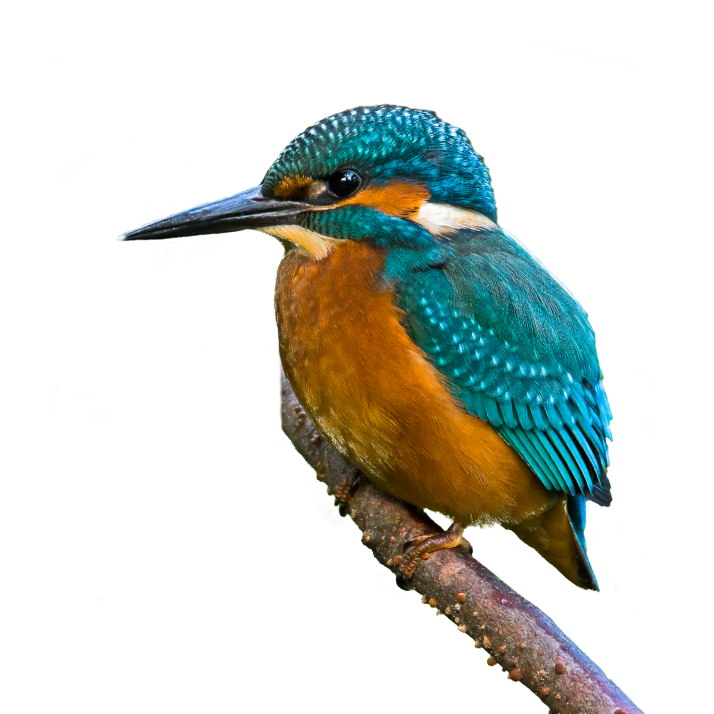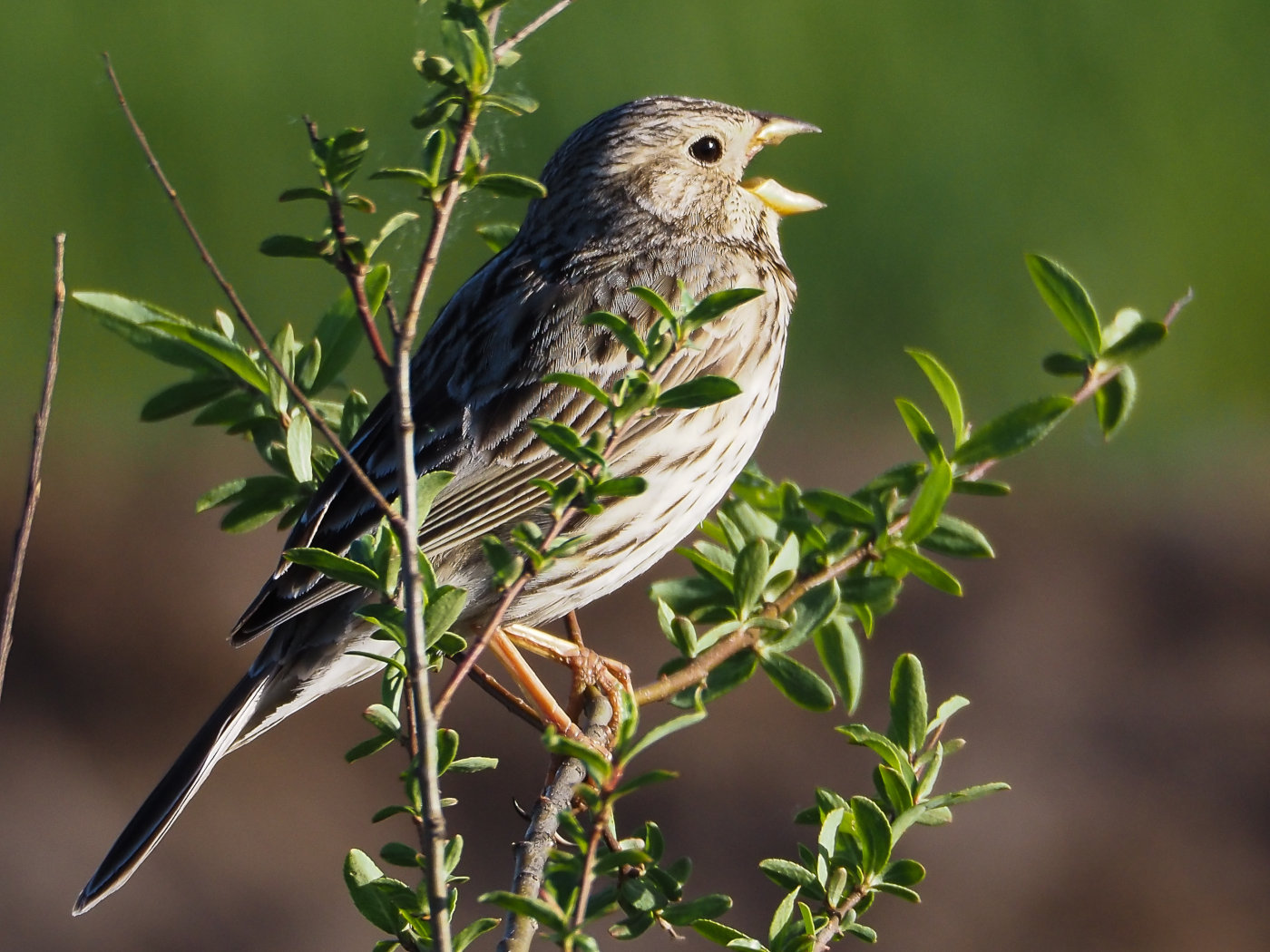Academy of Nature in Roztocze

A passion for birdwatching combined with an excellent knowledge of the terrain ensures an exciting experience every morning. Active rest in the fresh air in a group of several people is an opportunity to establish mutual relations and get to know the unique nature of Roztocze.
RegisterEnjoy bird watching with the Academy of Nature in Roztocze
Bird watching in the morning is a real emotion and positive energy for the whole day. Birdwatching combined with cycling gives wings to the mind and body. This elite hobby is achievable for all of us.
Upcoming expeditions
We offer trips Bird & Bike and Bird & Car, which provide observations of the most interesting species of birds living in Roztocze. The offer is constantly modified and takes into account changes in the number of individual bird species related to their biology and current environmental conditions.

Bird spring in Roztocze 20.04

Bird spring in Roztocze 21.04

Birds' Morning in the Meadow 22.04

Birds' Morning in the Meadow 23.04

Bird spring in Roztocze 28.04

Birds' Morning in the Meadow 29.04
News from Roztocze
Young Nutcracker (Nucifraga caryocatactes)
Nutcracker are extremely rare in Roztocze. This bird inhabits mountain and boreal coniferous forests (pine, lime, fir, mixed) in the Carpathians and Sudetes, and in scattered localities in other parts of Poland. The adult bird has a brown body with white spots in the shape of dots, and a dark brown cap on the head. The wings are black and the tail is white. Nutcracker is an omnivorous bird. Its main food is seeds from cones, hazelnuts, acorns, sometimes fleshy fruits, and in summer small invertebrates. A couple of Nutcrackers in Roztocze, observed for several years, finally had their offspring. As you can see in the picture, the Young Nutcracker is as big as adult birds and can already make a loud noise. Its plumage is slightly lighter than that of the adult bird and the bright spots on the belly are not yet distinct. Nutcrackers speak with a hard, screeching voice characteristic of this species. Meeting Young Nutcrackers in Roztocze is an unusual event for birdwatchers.
Family of Great Grey Shrike (Lanius excubitor)
Meadow is one of the most interesting places for birdwatching, especially in spring and summer. Yesterday during a bike trip there was a fantastic meeting with a family of Great Gray Shrike (Lanius excubitor). First, a parent pair of Great Gray Shrike showed up, watching over two young Great Gray Shrike hidden in a young pine. The young birds, surprisingly to me, were sitting motionless hidden among the young shoots of the pine tree, which was the perfect opportunity to make a video. As you know, their behavior is related to maintaining their own safety. It was an extremely emotional observation. The Great Gray Shrike is a birds of predators present in Roztocze throughout the year. It hunts large prey such as mice and small birds. It has a habit of hoarding food, which it impales on the thorns of thorny bushes.
Little Owl (Athene noctua)
The Little Owl is an increasingly rare owl in Poland. Its number is estimated at about 1,000 pairs. It is under strict species protection and requires active protection. It is a symbol of the goddess Athena, hence its Latin name. These birds nested in large numbers in the recesses of the Acropolis walls, so it was believed that Athena used them as her messengers. The Little Owl is most active at dusk and dawn. You can often see birds basking in the sun on chimneys, roofs or trees. Little Owls forage in the open agricultural landscape. In wet areas, they feed on earthworms, and if the habitat is relatively dry, they feed on larger insects. Little Owls also feed on rodents, and in winter also on small birds. Little Owl pellets are most often found near the nest, as well as under lookouts and resting places. The voice of the owl resembles the meowing of a cat (in the video). A threat to the Little Owl is the sealing of buildings and the cutting down of old hollow trees. The overuse of plant protection products and artificial fertilizers in the fields kills earthworms and insects, which are the main food of the little owl during the breeding season. This species needs pastures and meadows with low vegetation that are regularly mowed or grazed by cattle. Its number is limited by martens and cats, which are a great threat, especially to young birds.
Icterine Warbler (Hippolais icterina)
Icterine Warbler is a yellowish-olive bird with an orange inside of the beak, which belongs to the reed warbler family. Inhabits: parks, orchards, gardens, riverside and mid-field woodlots. It is sometimes seen in alder forests, parks, wild orchards and cemeteries. Its colors mask it among the foliage and it is very difficult to spot it among the vegetation. When the male sings, he occupies exposed branches so that he can be heard well in his territory. Each Icterine Warbler sings a little differently, because he remembers the voices of birds he met on the wintering ground in Africa and on the way to the breeding ground. Its song contains several phrases that the bird repeats aloud, interweaving fragments of heard songs and even the sounds of local civilization. Icterine Warbler spend much less time in breeding areas than in wintering grounds. These birds fly to South Africa at the end of August, sometimes at the beginning of September. The number of this species has been fluctuating recently. Leaving field trees and groves, we create a habitat for these beautifully singing birds.





